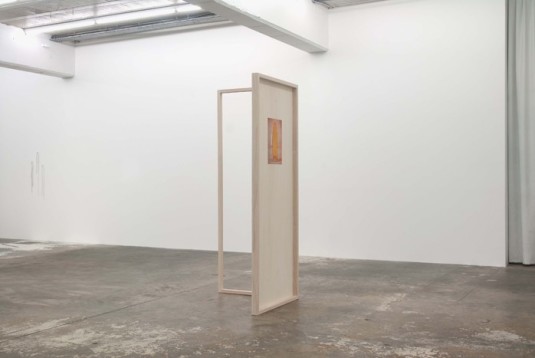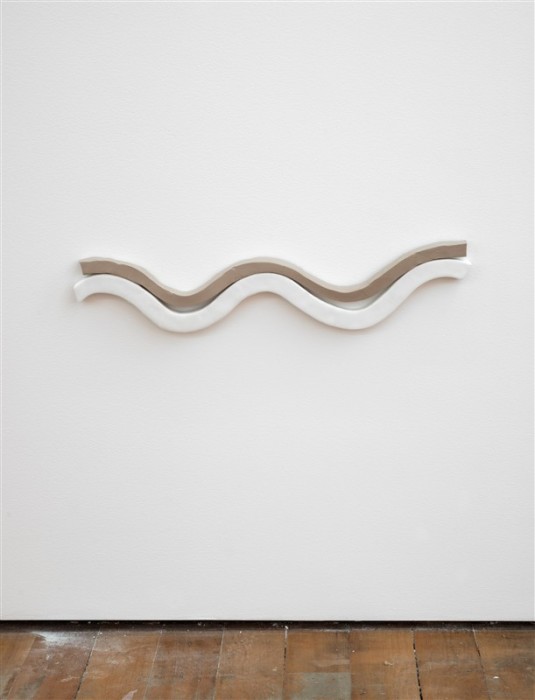Beach Study
Beach Study
-
Artist
-
Production Date
2012
-
Medium
16mm film transferred to video, single channel, standard definition (SD), colour, silent
-
Size
7min 33sec
-
Credit
Chartwell Collection, Auckland Art Gallery Toi o Tāmaki, purchased 2012
-
Accession Number
C2012/1/11/1
-
Accession Date
23 May 2012
-
Department
New Zealand Art
-
Classification
Audiovisual
-
Collection
Chartwell
-
Chartwell Notes
Inspired by the 1934 novella Duo by the French writer Colette, Spong’s film Beach Study (2012) explores ideas of disappearance and the ephemeral, both physically and psychologically. In the film, a female body conducts abstract dance movements on a beach, responding to the environment that surrounds her. This particular beach was one the artist loved as a child, but today it is hardly accessible because it is in the hands of a private landowner.
Shot on 16- millimeter film through coloured filters, the film has intense flashes of magenta, violet, and amber, and other flickering “light leak” effects. The female body appears and disappears intermittently, creating a surreal and mysterious presence. The overall effect suggests a precarious relationship between memory and experience, transience and monumentality.
-
Description
Filmed on the shore of Cactus Bay on Waiheke Island, 'Beach Study', 2012 recalls Sriwhana Spong’s memories of a much-loved beach she visited as a child, which is no longer easily accessible due to private ownership.
The film features the artist performing a series of enigmatic movements. ‘I had rehearsed some moves that I’d based on my memory of the place,’ Spong notes, ‘but when I got there everything shifted in empathy with the site. . . . Many of the movements were influenced by the terrain and flora of the beach.’
Commenting on her choice of film as medium, Spong states: ‘I chose to use 16-millimetre here to be as experimental in the moment of recording as I was being in the moment of action.’ In addition to exploring the idiosyncrasies of film stock, the artist also uses cyan, magenta and yellow filters to create intense flashes of lurid colour.
- Sarah Farrar, Head of Curatorial and Learning, 2024












